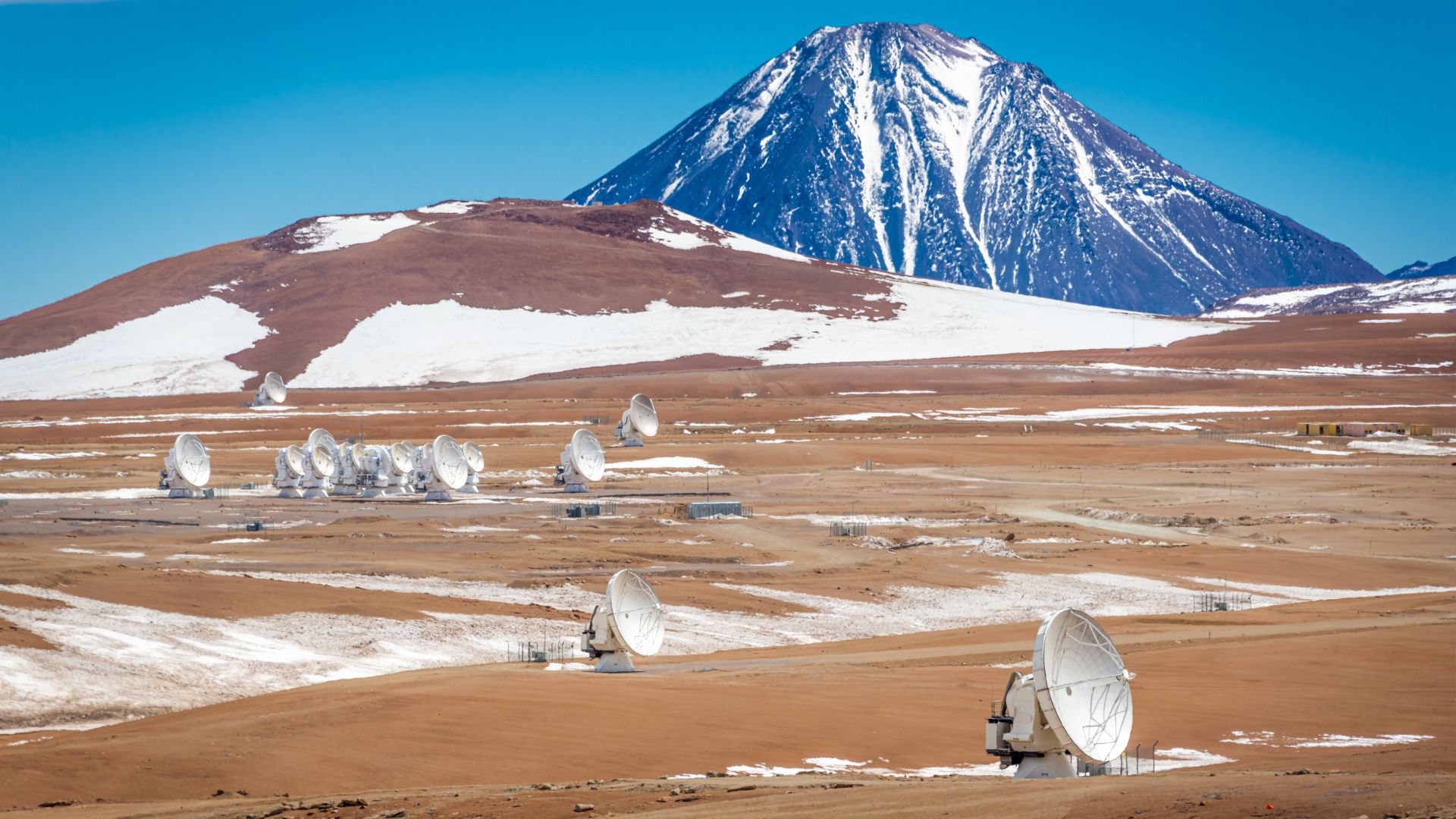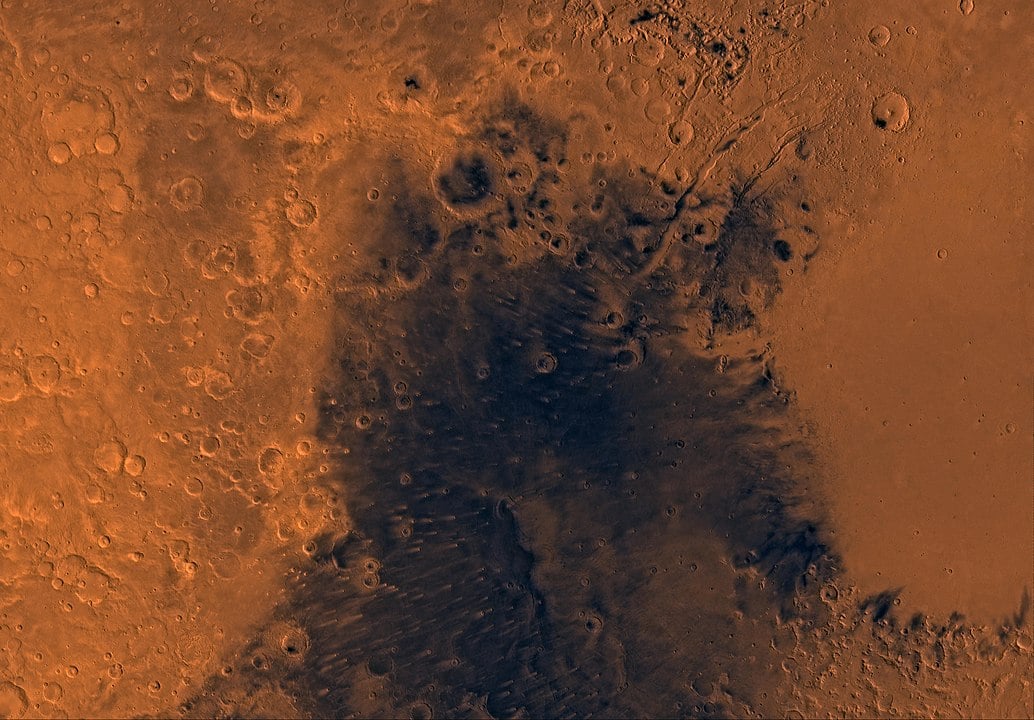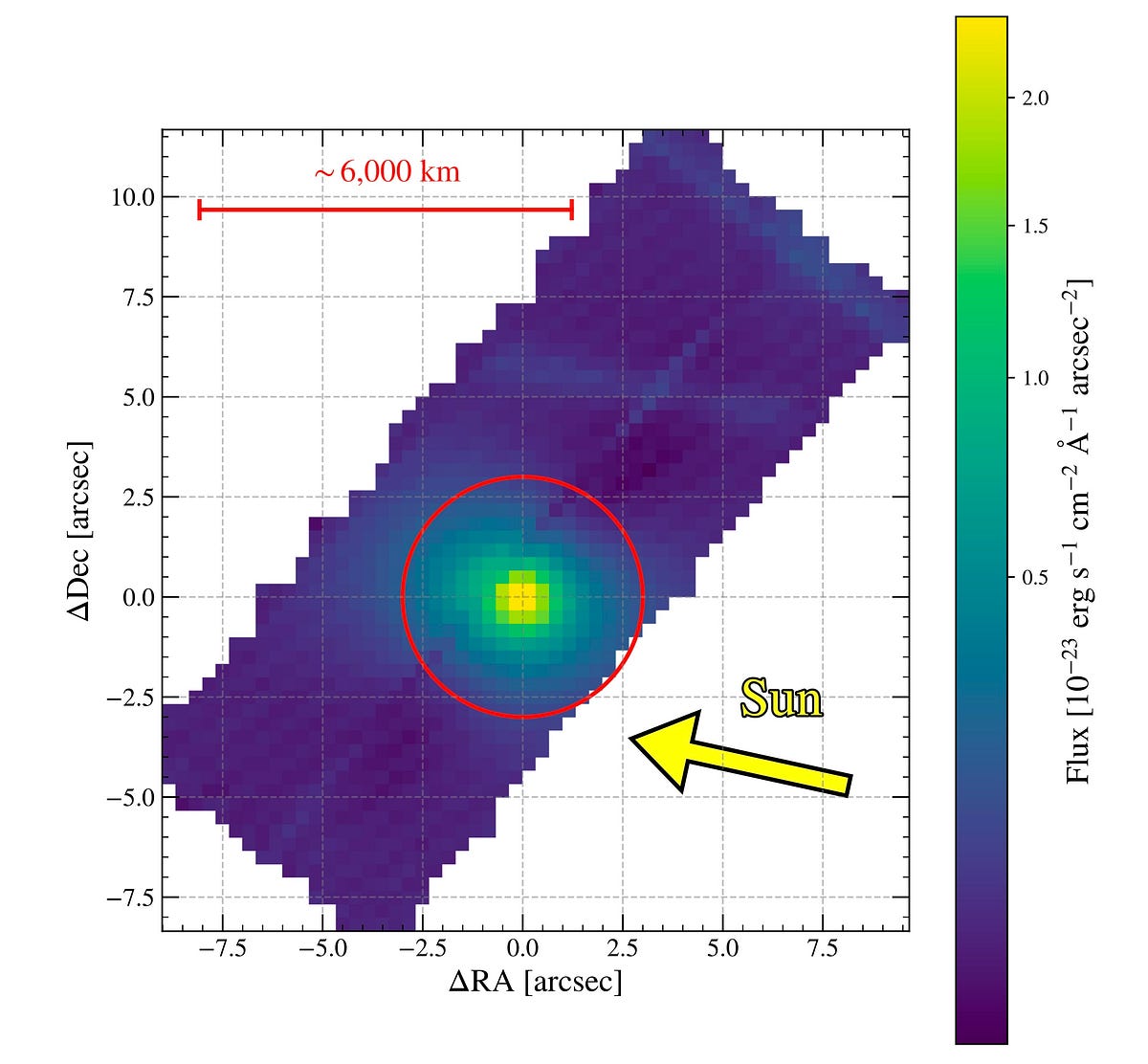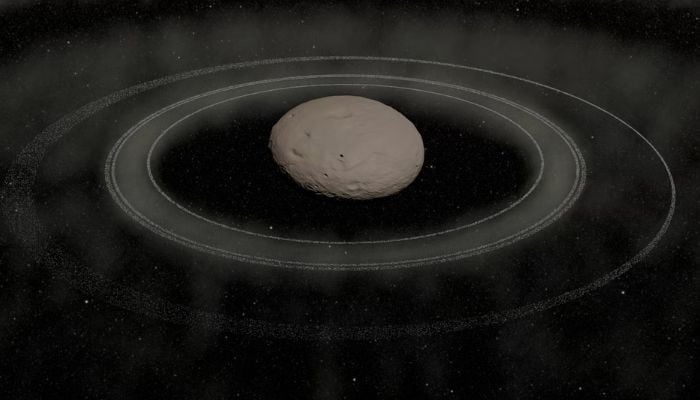Astronomers…
Category: 7. Science
-
A flawless finale: SpaceX Starship Flight 11 marks the end of Block 2 era – Aerospace Global News
- A flawless finale: SpaceX Starship Flight 11 marks the end of Block 2 era Aerospace Global News
- SpaceX’s megarocket finds redemption after explosive failures. But time may be running out CNN
- SpaceX launches 11th Starship test flight in race to…
Continue Reading
-
Just a moment…
Just a moment… This request seems a bit unusual, so we need to confirm that you’re human. Please press and hold the button until it turns completely green. Thank you for your cooperation!
Continue Reading
-

Deep-space dishes dot the desert photo of the day for Oct. 15, 2025
High in Chile’s Atacama Desert, one of the driest and most remote places on Earth, sits the Atacama Large Millimeter/submillimeter Array (ALMA). Operated by the European Southern Observatory (ESO) and its international partners, ALMA is not a…
Continue Reading
-

When Fire Brought Ice to Mars
Between 4.1 and 3 billion years ago, Mars was volcanically active. Massive eruptions existed across the planet’s surface, throwing material and gases high into the thin Martian atmosphere. A new study uses climate modelling to explore…
Continue Reading
-

Cambridge breakthrough could revolutionize solar energy with new material
Researchers at the University of Cambridge have achieved a scientific breakthrough that could transform solar energy technology through the discovery of a revolutionary organic material. The innovation enables near-perfect conversion of light…
Continue Reading
-

New Images of Nickel and Cyanide Around 3I/ATLAS from the Keck Telescope | by Avi Loeb | Oct, 2025
Press enter or click to view image in full sizeAn image of 3I/ATLAS on August 24, 2025, taken by the Keck Cosmic Web Imager (KCWI) on the Keck II telescope in Hawaii at the wavelength range of 0.3425 to 0.55 micrometers. The yellow arrow points… Continue Reading
-
El Niño Is Driving Insect Declines In Tropics – Asian Scientist Magazine
AsianScientist (Oct. 15, 2025) – Arthropods such as insects and spiders play a critical role in ecosystems. Though small in size, they carry out crucial ecosystem functions like decomposition and pollination, while serving as a food…
Continue Reading
-

X-Rays Reveal Betelgeuse’s Companion Is Something Astronomers Didn’t Expect : ScienceAlert
The small, furtive companion of one of the brightest stars in Earth’s night sky has just turned out to be something no one suspected.
Instead of being the kind of object astronomers expected to find orbiting mega-weirdo Betelgeuse, the binary…
Continue Reading
-
Just a moment…
Just a moment… This request seems a bit unusual, so we need to confirm that you’re human. Please press and hold the button until it turns completely green. Thank you for your cooperation!
Continue Reading
